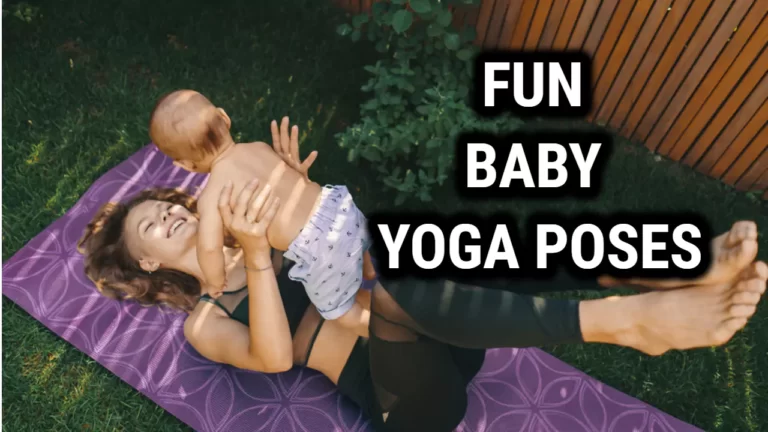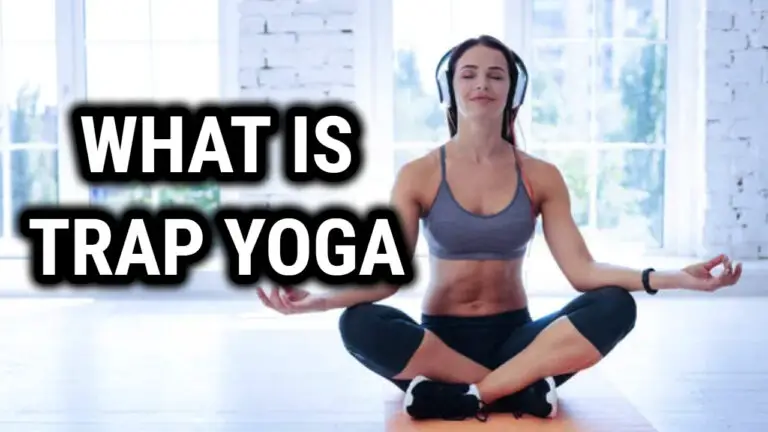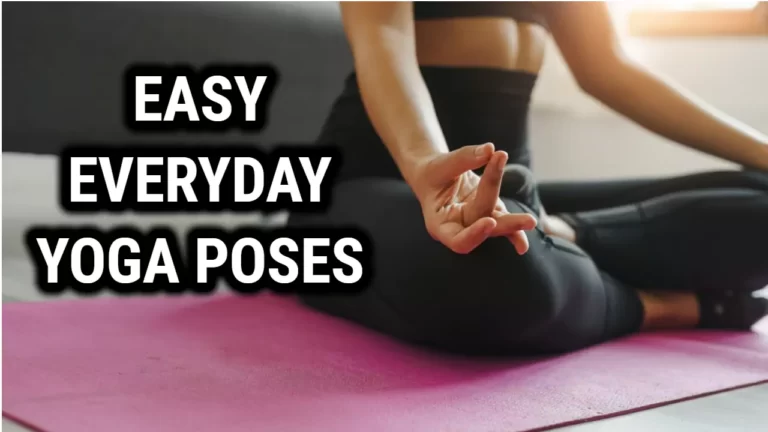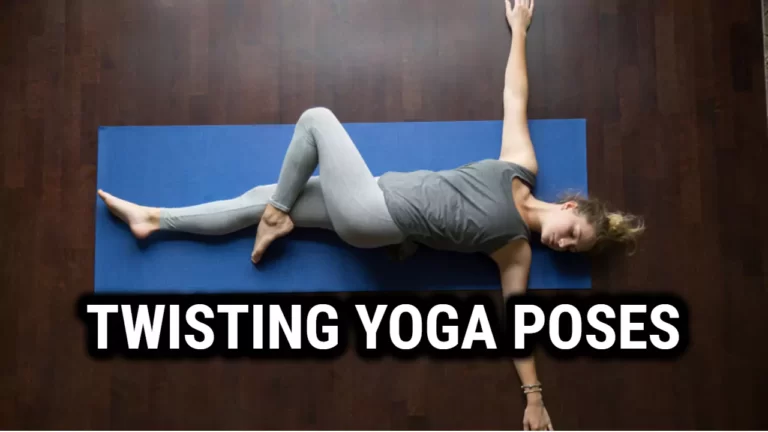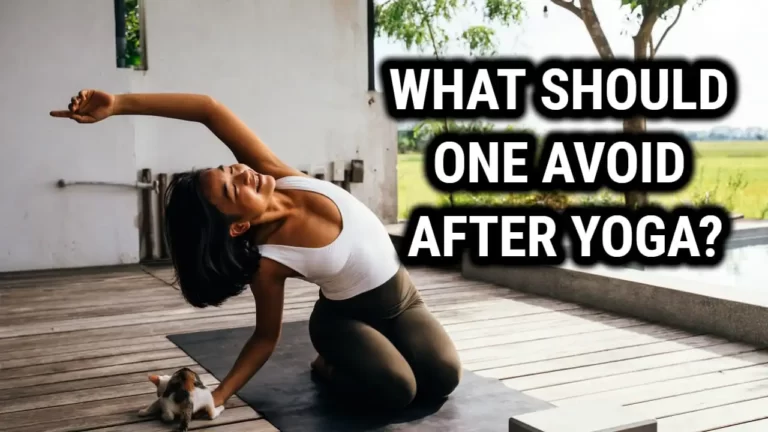Mobility Yoga For Beginners – Improve Flexibility and Mobility
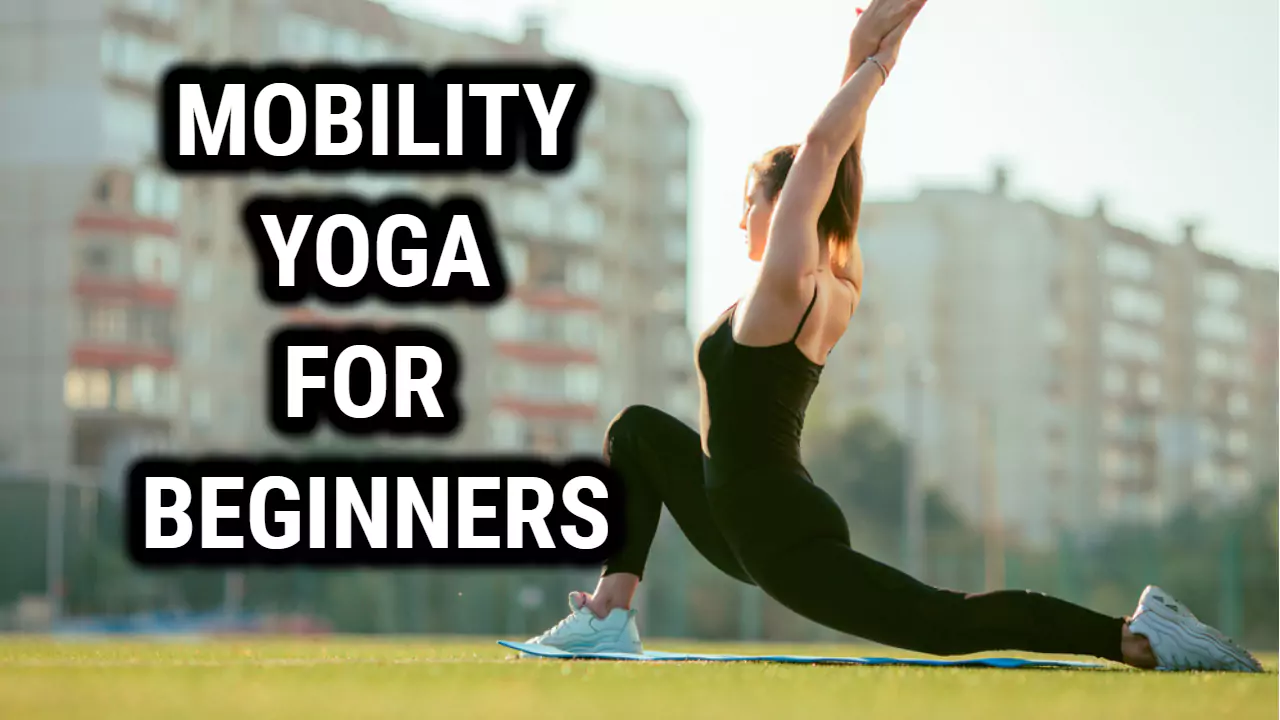
Looking to boost your flexibility, mobility, and overall well-being? Look no further than Mobility Yoga! This style of yoga focuses on movements that help you move better, feel better, and live better. In this article, we’ll dive into what Mobility Yoga is all about and why it’s a great practice to incorporate into your routine. Keep reading to find out more.
Yoga has been around for thousands of years and has gained immense popularity in recent times. Mobility Yoga, however, is a relatively new form of yoga that is specifically designed to improve mobility and flexibility. This form of yoga emphasizes the use of simple movements to increase the range of motion of your joints, which can help reduce pain and stiffness.
Benefits of Practicing Mobility Yoga
The benefits of practicing Mobility Yoga are many. Here are some of the main benefits you can expect to gain:
- Improved mobility and flexibility
- Increased strength and endurance
- Reduced stress and anxiety
- Improved breathing and circulation
- Better body awareness and mindfulness
Brief History of Yoga
Yoga originated in ancient India and has been practiced for thousands of years. The earliest references to yoga can be found in the Rigveda, which is one of the oldest sacred texts of Hinduism. Over time, yoga has evolved into many different forms, each with its unique set of postures and philosophies.
Importance of Starting with Beginner Level
If you’re new to yoga, it’s essential to start with the basics. Beginning with a gentle form of yoga like Mobility Yoga can help you build a solid foundation and avoid injury. It’s also important to remember that yoga is not a competition. You don’t have to be flexible or fit to practice yoga. It’s a journey that is unique to you, and you should take it at your own pace.
Understanding Mobility Yoga
What is Mobility Yoga?
Mobility Yoga is a gentle form of yoga that focuses on improving your range of motion and flexibility. Unlike traditional yoga, which emphasizes holding static poses, Mobility Yoga incorporates dynamic movements that encourage joint mobility. This form of yoga is accessible to people of all ages and fitness levels and can be practiced almost anywhere.
Differences between Mobility Yoga and Traditional Yoga
The primary difference between Mobility Yoga and traditional yoga is the emphasis on movement. Mobility Yoga is designed to improve mobility, whereas traditional yoga focuses on strength, balance, and flexibility. Mobility Yoga also uses a different set of poses than traditional yoga, which can be more accessible to beginners.
Importance of Mobility Yoga in Everyday Life
The human body is designed to move, and mobility is a crucial aspect of our daily lives. However, as we age, our joints can become stiffer, leading to pain and discomfort. Practicing Mobility Yoga can help keep your joints mobile and flexible, which can help reduce pain and stiffness. It can also help improve your posture, balance, and coordination.
Preparing for Mobility Yoga
Before you begin practicing Mobility Yoga, there are a few things you need to consider.
What to Wear for Mobility Yoga
When practicing Mobility Yoga, it’s essential to wear comfortable, breathable clothing that allows you to move freely. Avoid wearing tight clothes that restrict your movement or uncomfortable shoes that can interfere with your balance.
Equipment Needed for Mobility Yoga
One of the best things about Mobility Yoga is that you don’t need any special equipment to get started. A yoga mat is all you need to get started. However, if you prefer, you can also use a towel or a blanket to cushion your joints.
Preparing the Space for Mobility Yoga
It’s essential to create a comfortable, quiet space to practice Mobility Yoga. Ideally, you should choose a room with plenty of natural light and good ventilation. Clear the space of any clutter or distractions, and make sure you have enough room to move around comfortably.
Getting Started with Mobility Yoga
Now that you’ve prepared for Mobility Yoga let’s get started with some simple poses and movements.
Breath Awareness
The first step in practicing Mobility Yoga is to become aware of your breath. Start by sitting comfortably in a cross-legged position with your spine straight. Take a few deep breaths, inhaling through your nose and exhaling through your mouth. Focus on the sound and sensation of your breath, and let your thoughts drift away.
Cat-Cow Pose
The Cat-Cow pose is an excellent way to warm up your spine and improve your mobility. Start on your hands and knees with your wrists directly under your shoulders and your knees directly under your hips. Inhale and lift your head and tailbone towards the ceiling, arching your back. Exhale and tuck your chin to your chest, rounding your spine. Repeat for several breaths.
Child’s Pose
Child’s Pose is a gentle resting pose that can help you release tension and stress. Start on your hands and knees with your wrists directly under your shoulders and your knees directly under your hips. Lower your hips back towards your heels and stretch your arms forward. Rest your forehead on the mat and take several deep breaths.
Downward Facing Dog
Downward Facing Dog is a classic yoga pose that can help stretch your hamstrings and calves. Start on your hands and knees with your wrists directly under your shoulders and your knees directly under your hips. Press into your hands and lift your hips towards the ceiling, coming into an inverted V-shape. Keep your knees slightly bent and your heels reaching towards the floor.
Standing Forward Fold
Standing Forward Fold is a calming pose that can help you release tension in your neck, shoulders, and back. Stand with your feet hip-width apart and fold forward, allowing your head to hang heavy towards the ground. Bend your knees if needed to make the pose more accessible.
Shoulder Rolls
Shoulder rolls are a simple movement that can help improve your shoulder mobility. Sit or stand with your arms by your sides. Inhale and lift your shoulders up towards your ears. Exhale and roll your shoulders back and down. Repeat for several breaths.
Cobra Pose
Cobra Pose is an excellent pose for improving spine mobility and strengthening the muscles of the back. Start by lying on your stomach with your hands under your shoulders. Inhale and press into your hands, lifting your chest off the ground. Keep your elbows close to your body and your shoulders relaxed. Hold for several breaths and then release.
Warrior I Pose
Warrior I Pose is a powerful standing pose that can help strengthen your legs and improve your posture. Start in a lunge position with your right foot forward and your left foot back. Bend your right knee and lift your arms up overhead, palms facing each other. Keep your hips facing forward and your shoulders relaxed. Hold for several breaths and then switch sides.
Pigeon Pose
Pigeon Pose is a deep hip opener that can help release tension and improve mobility in your hips. Start on your hands and knees, bring your right knee forward and place it behind your right wrist. Stretch your left leg back behind you, straightening your leg as much as possible. Lower your hips towards the ground and rest your forehead on your hands or on a block. Hold for several breaths and then switch sides.
Chair Pose
Chair Pose is a challenging standing pose that can help strengthen your legs and improve your balance. Start standing with your feet hip-width apart. Inhale and lift your arms up overhead, palms facing each other. Exhale and bend your knees, lowering your hips towards the ground. Keep your weight in your heels and your chest lifted. Hold for several breaths and then release.
Working With A Yoga Instructor/Therapist
When considering working with a yoga instructor or therapist, it is important to recognize the value of having personalized guidance.
While there are many online and video resources available to help you learn the basics, nothing can replace the experience of having an experienced teacher provide feedback and adjust your poses on the spot. Having someone to guide you through your practice can make all the difference in helping you progress safely and efficiently.
Working with an instructor or therapist also provides a great opportunity to ask questions and get answers specific to your individual needs. They will be able to offer personalized modifications for poses that may be difficult for you or offer alternatives if something isn’t working for your body.
This kind of support is invaluable in helping you build the confidence needed to practice effectively and enjoyably.
FAQs about Mobility Yoga
Here are some commonly asked questions about Mobility Yoga:
What type of yoga is best for mobility?
While any type of yoga can help improve your mobility, some styles may be more focused on this goal than others. Hatha Yoga, Restorative Yoga, and Yin Yoga are all good options for improving mobility.
What is mobility yoga?
Mobility Yoga is a style of yoga that focuses on movements that help improve mobility, flexibility, and overall well-being. It typically includes a mix of stretching, strength-building exercises, and breathwork.
How can I improve my mobility with yoga?
To improve your mobility with yoga, it’s important to practice regularly and to focus on movements that target the areas where you feel tight or restricted. It’s also important to listen to your body and to avoid pushing yourself beyond your limits.
What should a beginner start with in yoga?
If you’re new to yoga, it’s best to start with a beginner-friendly class or video. Look for classes that focus on foundational poses and alignment, and don’t be afraid to ask questions or modify poses as needed.
How do I start flexibility in yoga?
To start improving your flexibility with yoga, it’s important to practice regularly and to focus on movements that target the areas where you feel tight or restricted. You can also incorporate props like blocks or straps to help you deepen your stretches safely. Remember to always listen to your body and to move at your own pace.
Conclusion
Mobility Yoga is a gentle and accessible form of yoga that can help improve your mobility, flexibility, and overall well-being. It’s a great way to incorporate movement into your daily routine without feeling intimidated by traditional yoga poses.
With these simple poses and movements, you can start your journey to improved mobility today. Remember to take it slow and listen to your body, and you’ll be on your way to feeling better in no time!
